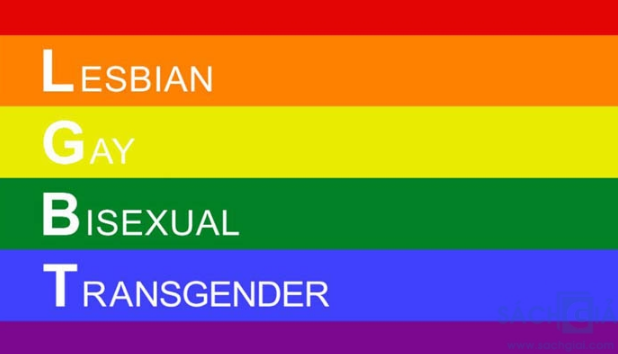The LGBT flag, also known as the Rainbow Flag or the Pride Flag, is a powerful symbol that represents the lesbian, gay, bisexual, and transgender community. Designed by artist and activist Gilbert Baker in 1978, the flag has become an internationally recognized symbol of LGBTQ+ pride and solidarity.

The flag’s rainbow design consists of six horizontal stripes of vibrant colors, each carrying its own meaning. Here is a breakdown of the symbolism behind the LGBT flag:
-
Red: Symbolizes life, representing the vibrant energy and vitality of the LGBTQ+ community.
-
Orange: Represents healing, signifying the resilience and strength of individuals within the community who have faced adversity.
-
Yellow: Represents sunlight, symbolizing hope, positivity, and the promise of a brighter future for LGBTQ+ individuals.
-
Green: Signifies nature, symbolizing the LGBTQ+ community’s connection to the environment and the importance of preserving and nurturing it.
-
Blue: Represents harmony, reflecting the aspiration for peace, tranquility, and acceptance among people of all sexual orientations and gender identities.
-
Purple: Symbolizes spirit, embodying the diverse range of identities and experiences within the LGBTQ+ community, including those of non-binary and gender-nonconforming individuals.

Overall, the LGBT flag represents unity, diversity, and inclusivity. It serves as a visible and empowering symbol, fostering a sense of pride and acceptance for individuals within the LGBTQ+ community while also promoting understanding and respect among society at large.
It is important to note that over time, additional flags have been designed to represent specific segments within the LGBTQ+ community, such as the lesbian, bisexual, transgender, and non-binary flags. These flags serve to highlight and celebrate the unique experiences and identities of individuals within these groups while maintaining a sense of unity and solidarity with the broader LGBTQ+ community.